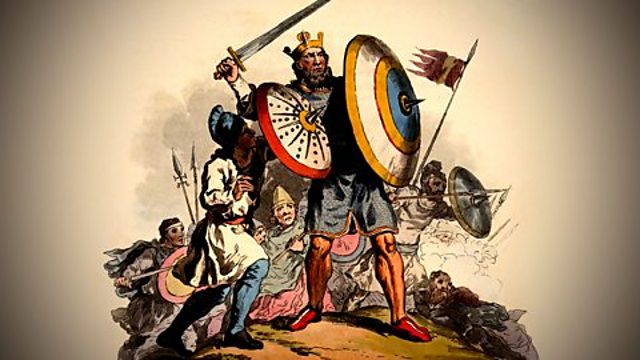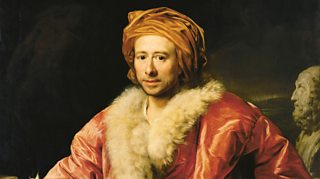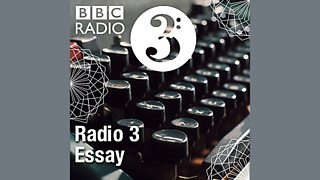Eadfrith the Scribe
Richard Gameson explores the literary, historical and artistic legacy of scribes..
Most of these Anglo-Saxon Portraits are of named individuals, and Eadfrith, the scribe who wrote and ornamented the magnificent Lindisfarne Gospel in around 700, is no exception.
But Richard Gameson's vivid and detailed account of Eadfrith is also a fascinating survey of the many unnamed scribes from the Anglo-Saxon period.
A leading expert from the University of Durham on the history of the book, Richard Gameson's vivid Portrait of Eadfrith is punctuated by many extraordinary facts and figures: Eadfrith's total line-length, for example, in the Lindisfarne Gospels, was nearly two kilometres and necessitated the slaughter of some 130 calves!
From the writing to the binding, ornamental covering and later copying, this account brings to life each of the essential processes in creating a book in Anglo-Saxon times.
It concludes that while the ostentatious ornatmentation suggests that the Anglo-Saxons did judge a book by its cover, the legacy of the scribes goes far beyond this. For, as Richard Gameson states: "Our knowledge of Anglo-Saxon history and literature relies almost entirely on the work of Anglo-Saxon scribes. Without scribes we would have no Anglo-Saxon Chronicle, no Beowulf, no copies of Bede's great Ecclesiastical History."
Producer: Beaty Rubens.
Death in Trieste
Watch: My Deaf World
The Book that Changed Me
Five figures from the arts and science introduce books that changed their lives and work.
Podcast
-
![]()
The Essay
Essays from leading writers on arts, history, philosophy, science, religion and beyond.





